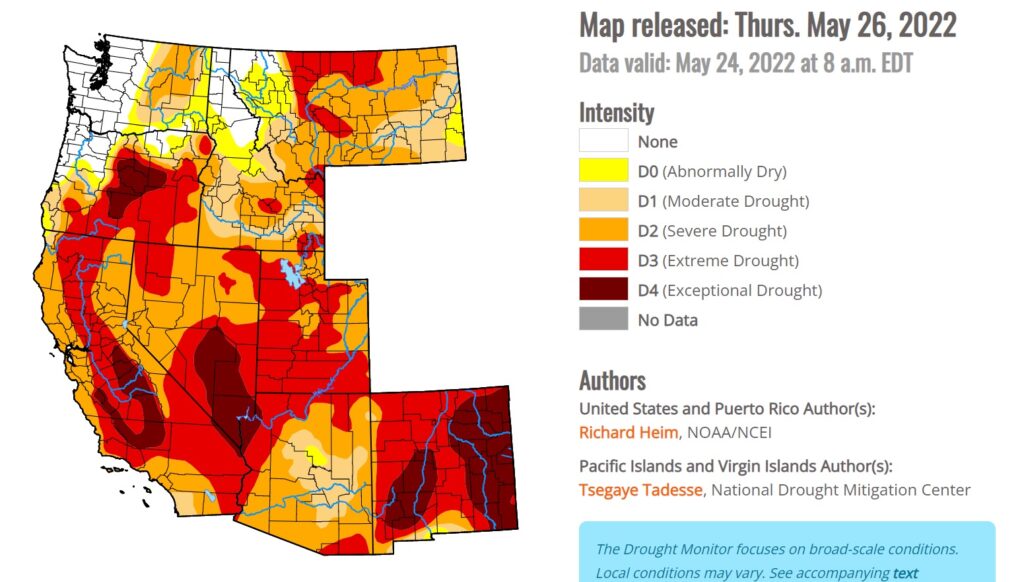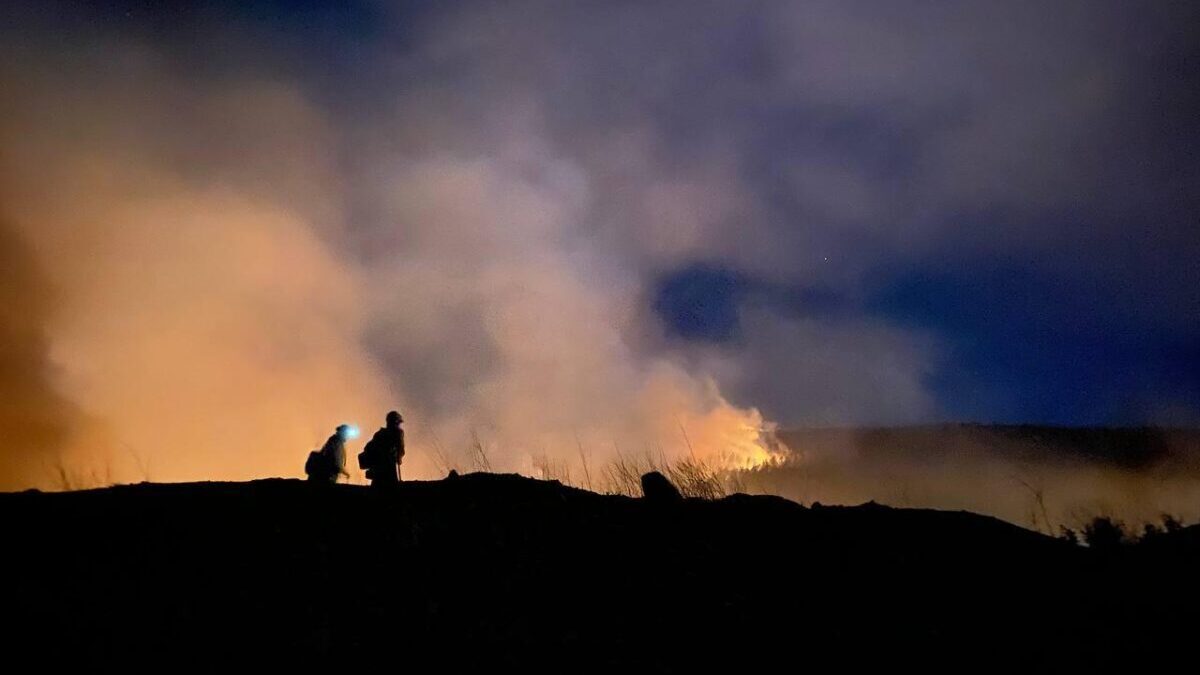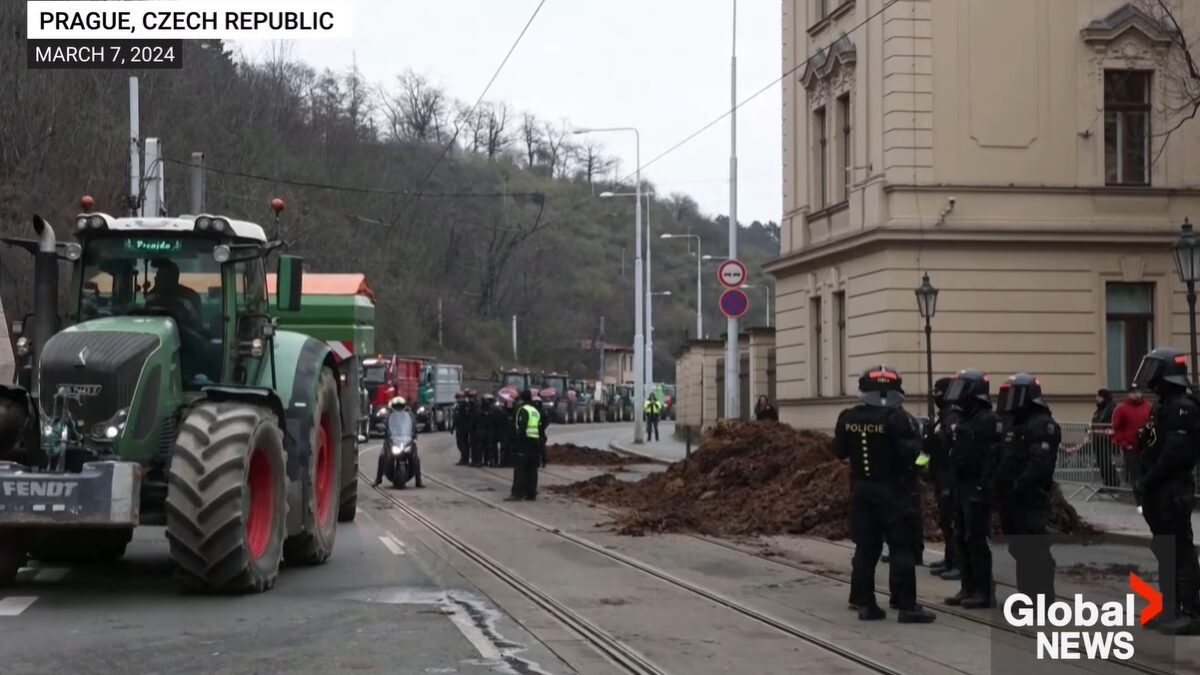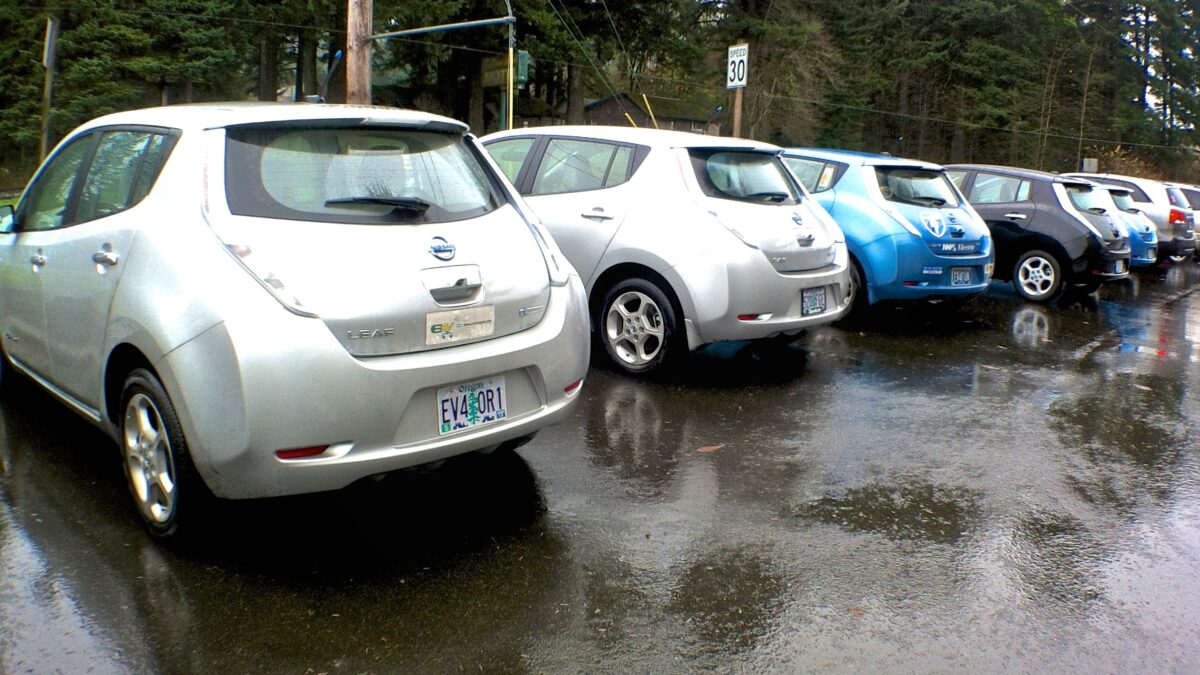The U.S. Forest Service claimed responsibility for New Mexico’s pair of wildfires Friday which grew to merge into the largest blaze the state has suffered since tracking began in 1990.
The Calf Canyon Fire, which, according to the New York Times has destroyed at least 330 homes to displace thousands across 312,000 acres burned, was triggered by a pile burn holdover from the winter that remained dormant under three snows before reignition in April. The phenomenon is also called a “sleeper fire.” The Calf Canyon Fire merged with the Hermits Peak fire, which was a prescribed burn that escaped containment.
Santa Fe National Forest Supervisor Debbie Cress said in a statement the Forest Service was “100 percent focused on suppressing these fires with the support of the Type 1 incident management teams who are fully prepared to manage complex, all-risk situations.”
“Our commitment is to manage the public lands entrusted to us by improving the forest’s resilience to the many stressors they are facing,” she added, “including larger, hotter wildfires, historic levels of drought, rising temperatures, and insects and disease.”
The acknowledgement of government culpability came a full week after the Forest Service announced a 90-day suspension of prescribed burns on public lands to reassess the “protocols, decision support tools and practices ahead of planned operations this fall.”
“In 99.84 percent of cases, prescribed fires go as planned. In rare circumstances, conditions change, and prescribed burns move outside the planned project area and become wildfires,” said Forest Service Chief Randy Moore. “The review I am announcing today will task representatives from across the wildland fire and research community with conducting the national review and evaluating the prescribed fire program, from the best available science to on-the-ground implementation.”
“Lessons learned and any resulting program improvements will be in place prior to resuming prescribed burning,” Moore added just days before the government claimed responsibility for the raging fire in New Mexico.
The state’s Democrat Gov. Michelle Lujan Grisham demanded the federal government “now pay for 100%” of the costs associated with the fire in a press release Friday.
“The pain and suffering of New Mexicans caused by the actions of the U.S. Forest Service – an agency that is intended to be a steward of our lands – is unfathomable,” Grisham said. “This is a first step toward the federal government taking full responsibility for the largest wildfire in state history, which has destroyed hundreds of homes, displaced tens of thousands of New Mexicans, and cost the state and local governments millions of dollars.”
The governor estimates costs above $5 million per day as the fire remains uncontrolled. State officials said Tuesday the inferno was 50 percent controlled with more than 3,000 personnel working to contain the blaze. To complicate the effort, New Mexico is among the driest states in that nation, according to the U.S. Drought Monitor, as the West confronts the worst drought in 1,200 years.

When properly executed, prescribed burns are critical for proper forest management to prevent the mega-wildfires that routinely terrorize western states. The rapid buildup of wood fuels following 100 years of fire suppression has amounted to massive tinder boxes ready to light up at the strike of a lightning bolt and wreak havoc on communities across the region.
In 2018, a team of researchers who examined four primary drivers of wildfire severity found live fuel “was the most important” in contributing to fire growth, with 53 percent of relative influence, as opposed to climate change at 14 percent. Live fuel amasses chiefly when forests are not cleared quickly enough with controlled burns. Fire weather was rated with a 23 percent average relative influence and topography with 10 percent.
The U.S. Forest Service, however, is facing a backlog of 63 million acres with a “high risk or very high risk of wildfire” and another 80 million in need of restoration, according to a report from the Property and Environment Research Center (PERC) out last spring.









